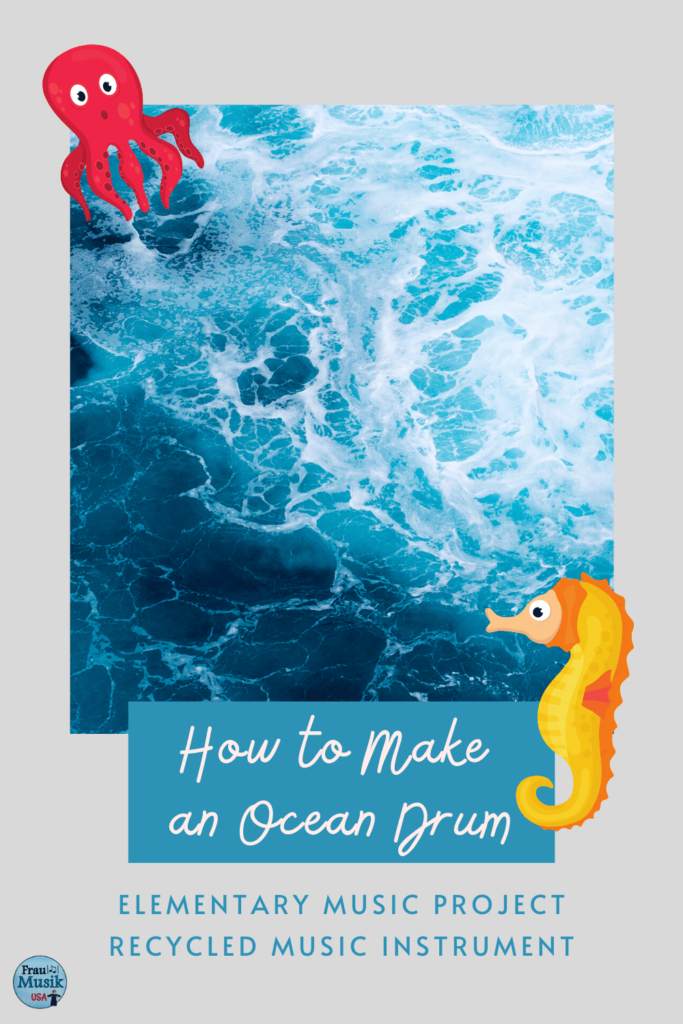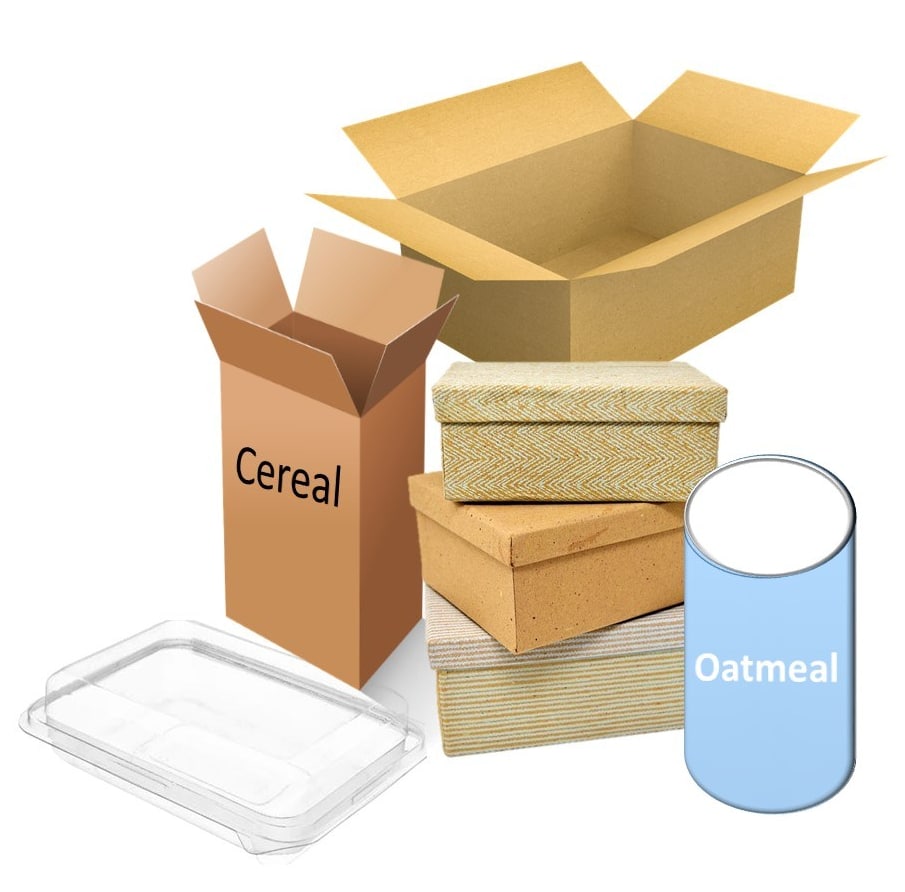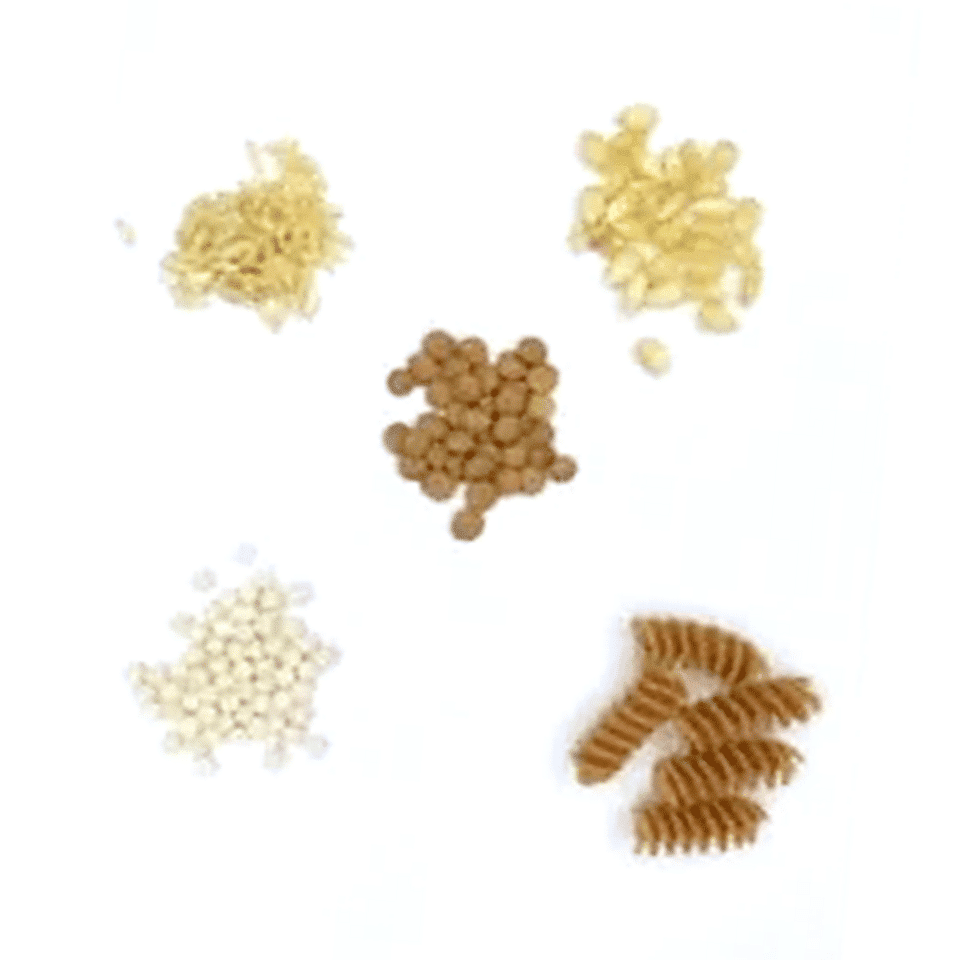Music Project – How to Make an Ocean Drum
Do you need a FUN simple elementary music project? Make an ocean drum then create accompaniments for any song about the sea.
Some of the links on this site are affiliate links. If you click on a link and make a purchase, I may earn a small commission at no cost to you.
Are you looking for a FUN simple music project for your elementary music classroom? Making an ocean drum is a project that can be completed in one class session or incorporated into a more extensive unit. Ocean drums are easy to make and play. They create a perfect accompaniment for any song about the sea.
Do you want to offer your students more options to create various types of homemade instruments? Check out this blog post with 9 Activities for Recycled Rhythm Instruments.

What’s in this post? Click to open the Table of Contents
Group or Individual Project
You can structure this activity as a small-group or individual project. Give students the freedom to experiment with different materials and create their own unique instruments with distinct sounds. Encourage students to be imaginative and involve them in the planning process.
To ensure that students have sufficient time to prepare, announce the project at least a week in advance and encourage them to bring in any materials they may want to use. I have always been amazed by my students’ creativity in these projects.
How to Make an Ocean Drum
Step 1: Choose Your Container
The sound will vary considerably depending on the materials you use. You can use various objects as containers, but those with at least one long and flat side will produce a longer “wave” sound. Experiment with some of the following items as containers:
- Shoebox
- Pringle’s tube
- Cereal box
- Various plastic food containers
- Oatmeal box

Step 2: Choose Your “Fill”
Crafting an ocean drum is more of an art than a science. Allow your students to try out various combinations of containers and fill to discover what works best. Encourage them to be imaginative with their materials. Below are a few ideas for fill.
- Rice/Quinoa
- Popcorn seeds
- Dry beans
- BBs or pellets
- Course sand
- Macaroni
- Pearl couscous
- Salt, fine or coarse
Many of these items may already be available in your pantry.

Step 3: Secure All Openings of the Container
Ensuring that all openings of your ocean drum are securely fastened is crucial to prevent any accidental spillage of fill materials, which could disrupt your rehearsal or performance. The last thing you want is to deal with fill materials scattered all over the floor.
Plastic food storage containers are the easiest to secure, as you can simply snap the lid on and they will be completely closed. For other types of containers like cereal boxes or shoe boxes, you can provide wide tape to firmly fasten all seams and prevent any potential spillage.
Step 4: Decorate if Desired
If you want, you can decorate your ocean drum by painting it, using colored tape, or drawing on it with permanent markers. However, keep in mind that certain types of decorations can alter the sound of the instrument. Make sure your students are aware of this.
How to Play Your Ocean Drum
Hold the instrument level with both hands, just as you would hold a lunch tray. Allow your students some time to practice creating the following types of sounds using the techniques described below.
- Gentle Flowing Waves. Tilt the instrument slightly from left to right, forward and backward in a circular motion so the fill rolls or slides around inside the drum.
- Crashing Waves. Tilt the instrument to make the fill slide slowly and then jerk the instrument back quickly to create the crashing sound.
- Rhythmic Sounds. Tap your fingers gently on one side of your instrument. This is a perfect way to create rhythmic ostinato patterns.
Enjoy experimenting and practicing with your ocean drums, trying out various ways to play the instrument. Altering the angle of tilt and speed of movements can change the sound, so encourage your students to explore and discover different variations. Guide them to use critical thinking skills to evaluate and refine their sounds for an even better performance.
Practice and Perform on Your New Ocean Drum
While ocean drums are easy to play, students will need some practice to master playing the three basic types of sounds.
Once they are comfortable with the instrument, encourage students to use their new ocean drums to accompany a simple song. They are perfect for songs about the sea such as Sea Shell, Kodály Song with Orff Accompaniment.
Conclusion
Making an ocean drum can be a stand-alone music project or you can integrate the project into the study of Caribbean, Hawaiian, or other island music. However you choose to use homemade ocean drums in your classroom, they’re sure to become a favorite.
Making an ocean drum can be a standalone music project or can be integrated into the study of Caribbean, Hawaiian, or other island music. Regardless of how you choose to incorporate homemade ocean drums into your classroom, they are sure to become a hit with your students.
Use this FREE How to Make an Ocean Drum presentation to guide your students through the process of creating their own ocean drums.
Related Posts
- FREE How to Make an Ocean Drum Presentation
- 9 Activities for Recycled Rhythm Instruments
- Integrate Music Reading into Every Lesson
Meet the Author
Terri Lloyd is an experienced music educator with over 25 years of teaching in elementary music classrooms. She holds a Master’s in Education, an Instructional Technology Certificate in Curriculum Design, and a Bachelor of Music. Her resources are designed to help music teachers develop students’ music literacy and performance skills while enjoying learning.
She presents music education workshops, develops curriculum, and writes for her blog. She is on the music staff at her church and leads a children’s program. She performs as a active community musician with a local Big Band, pit orchestras, and at various events.


One Comment
Comments are closed.